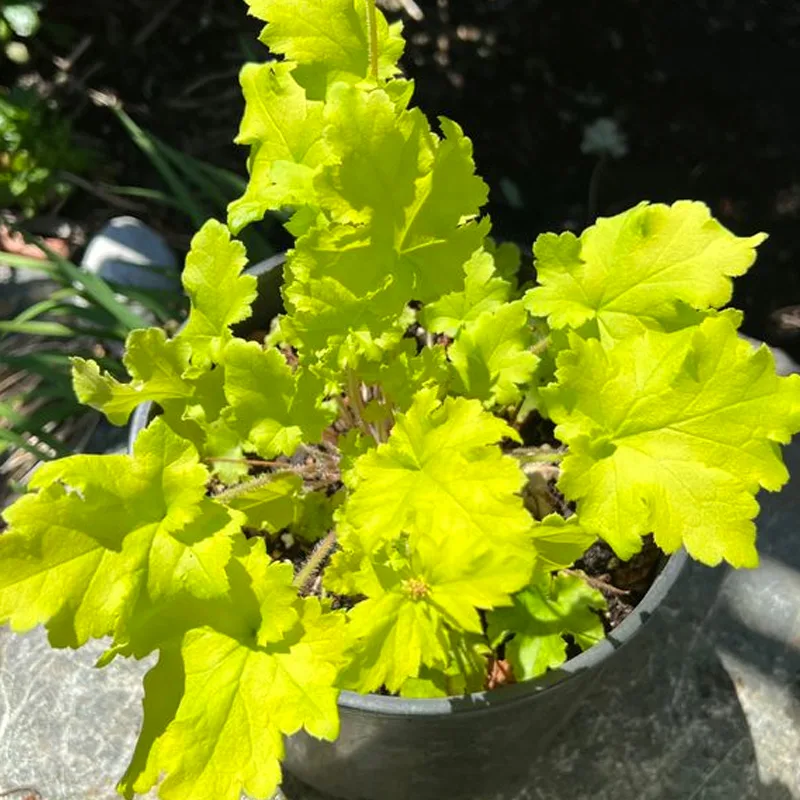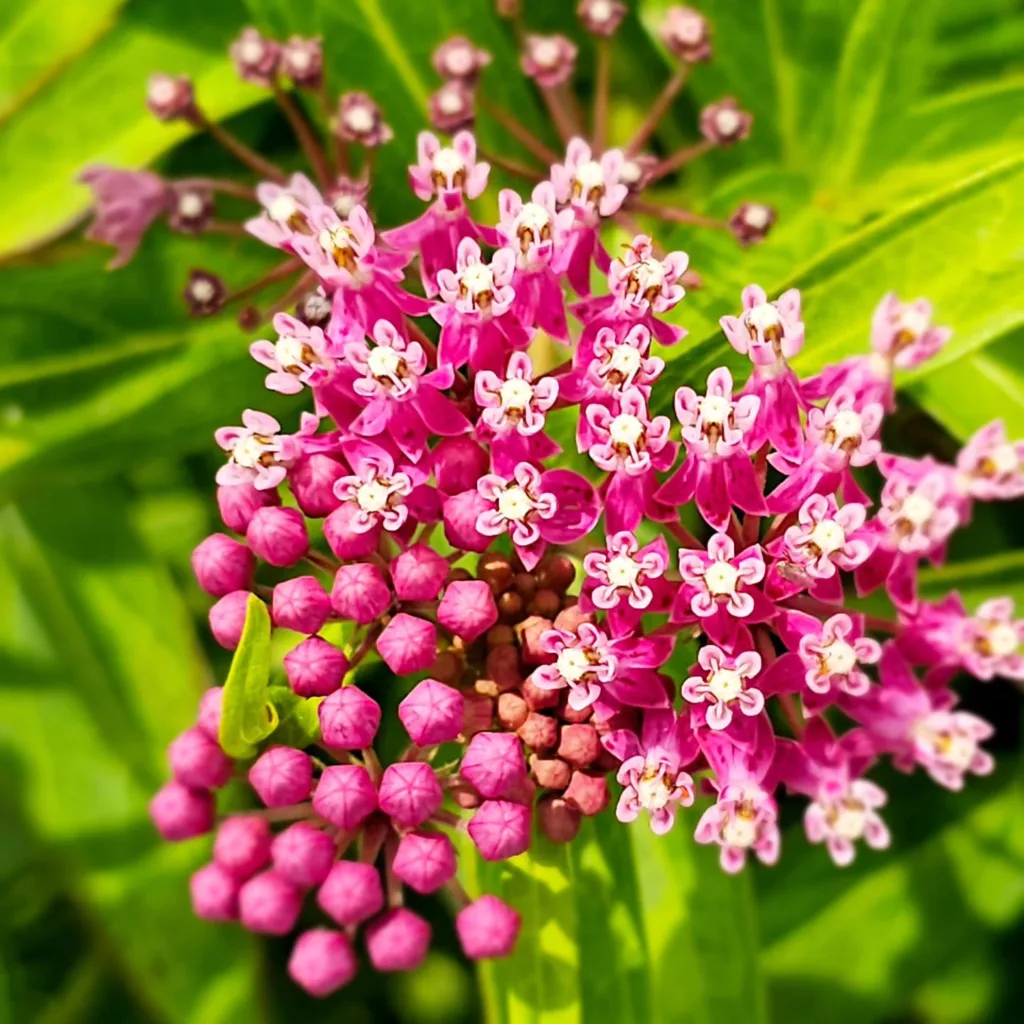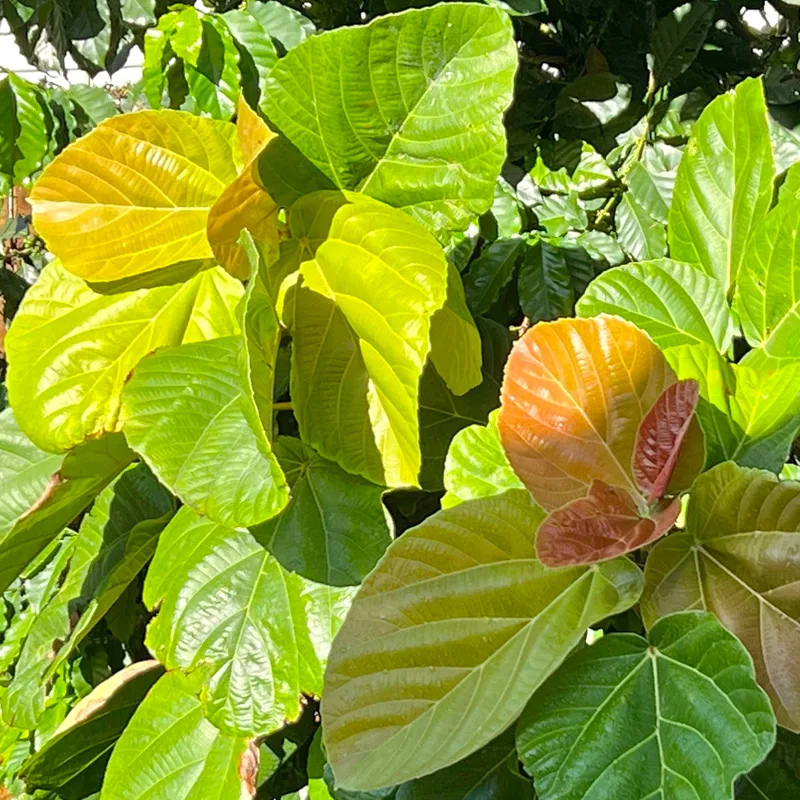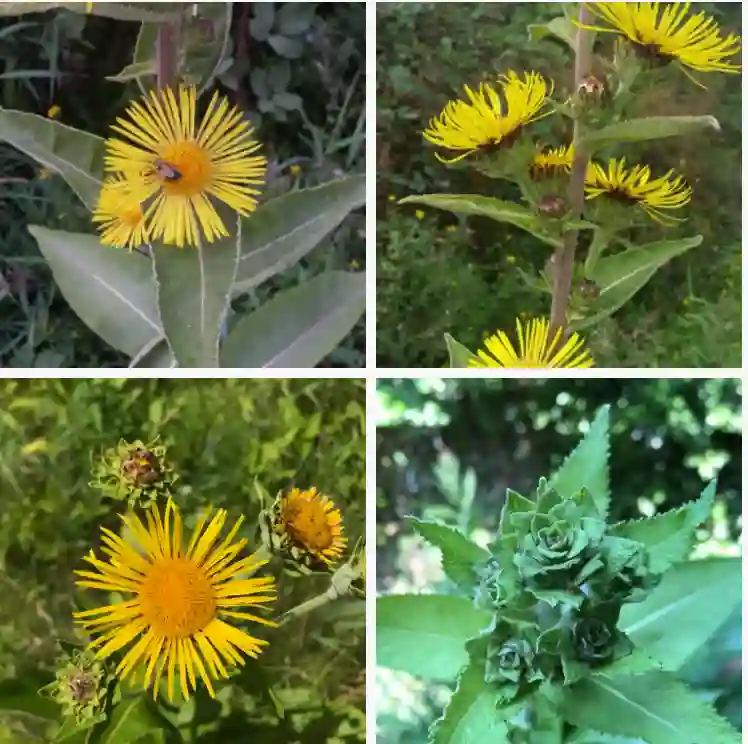What is Hibiscus Arnottianus?
I’m Ferb Vu, and I’ve been captivated by the beauty of the Hibiscus Arnottianus for years. This Hawaiian native, also known as the Koki’o ke’oke’o, boasts a unique charm that sets it apart from other hibiscus varieties.
Fragrant & Elegant: Unlike most hibiscus, the Koki’o ke’oke’o possesses a subtle, delightful fragrance. Imagine waking up to a hint of sweetness in the morning air, courtesy of these blooming beauties.
Pinwheel Perfection: The star of the show is undoubtedly the flower. Pristine white petals unfurl into a pinwheel shape, reaching up to four inches in diameter. A vibrant splash of color comes from the central staminal column, which ranges from pink to red, creating a stunning contrast.
Evergreen Allure: Unlike many flowering shrubs, the Koki’o ke’oke’o maintains its lush foliage year-round. Its oval leaves, adorned with smooth or slightly toothed edges, often boast red veins and stems, adding another layer of visual interest.
439 Species in Genus Hibiscus
Hibiscus Arnottianus vs. Hibiscus Rosa-Sinensis
While the Koki’o ke’oke’o and the common Hibiscus Rosa-Sinensis (Chinese Hibiscus) share the hibiscus name, they have distinct personalities.
Flower Power: The Chinese Hibiscus is renowned for its vibrant, large flowers in a kaleidoscope of colors. In contrast, the Koki’o ke’oke’o offers a more delicate charm with its pristine white blooms.
Fragrance Factor: The Chinese Hibiscus is generally not fragrant, while the Koki’o ke’oke’o entices with its subtle, sweet scent.
Climate Champions: Both varieties thrive in warm climates. However, the Koki’o ke’oke’o tolerates some light shade, while the Chinese Hibiscus prefers full sun.
Endangered Status: Sadly, the Koki’o ke’oke’o’s native habitat on Molokai, Hawaii, faces threats. Conservation efforts are underway to protect this special plant.
Choosing Your Champion: If you crave a fragrant, elegant bloomer, the Koki’o ke’oke’o is your champion. For a show of vibrant color, the Chinese Hibiscus reigns supreme.
How to care for Koki’o ke’oke’o?
Bringing the Koki’o ke’oke’o’s magic to your garden is easier than you might think. Here’s a quick guide:
Location, Location, Location: Full sun is ideal for optimal flowering and disease resistance. However, it can tolerate some light shade, as long as it receives more light than shade.
Watering Wisdom: Consistency is key. Water your Koki’o ke’oke’o frequently, especially during hot weather. Aim for moist, well-drained soil.
Feeding Frenzy: During spring and summer, provide a boost with organic fertilizer. Choose a powder formula for potted plants and a liquid option for in-ground specimens.
Potted Paradise: The Koki’o ke’oke’o adapts well to container life. Ensure your pot has drainage holes and choose a potting mix specifically formulated for flowering plants.
Propagation Pointers: This beauty can be propagated from fresh seeds. However, be aware that seedlings may not be identical to the parent plant due to hybridization. Hand pollination can help ensure true-to-type offspring.
Beyond the Bloom: Additional Tips
- Prune regularly to maintain a desired shape and encourage new growth.
- Watch for pests like aphids and scale, and treat them with appropriate organic methods if necessary.
- Enjoy the long bloom season! The Koki’o ke’oke’o graces your space with its beauty for most of the year.
- Companion Planting: The Koki’o ke’oke’o pairs well with other drought-tolerant plants like ornamental grasses, succulents, and low-growing perennials. This creates a visually interesting and water-wise landscape.
- Attracting Pollinators: The nectar-rich flowers of the Koki’o ke’oke’o attract butterflies, bees, and hummingbirds. Planting it near your patio or balcony can create a delightful buzz of activity.
- Winter Protection: While the Koki’o ke’oke’o is fairly cold-tolerant (down to around 50°F), if you live in a colder climate, it’s best to grow it in a container and bring it indoors for the winter. Place it in a sunny location and water it sparingly.
- Hawaiian Connection: If you’re particularly interested in the Koki’o ke’oke’o’s Hawaiian heritage, consider researching its role in traditional Hawaiian culture. You might be surprised to learn about its significance in legends and its use in medicinal practices.
With a little care, the Koki’o ke’oke’o will reward you with its captivating beauty and delicate fragrance for years to come. So, why not add this unique Hawaiian treasure to your garden and experience its magic firsthand?
If i die, water my plants!



